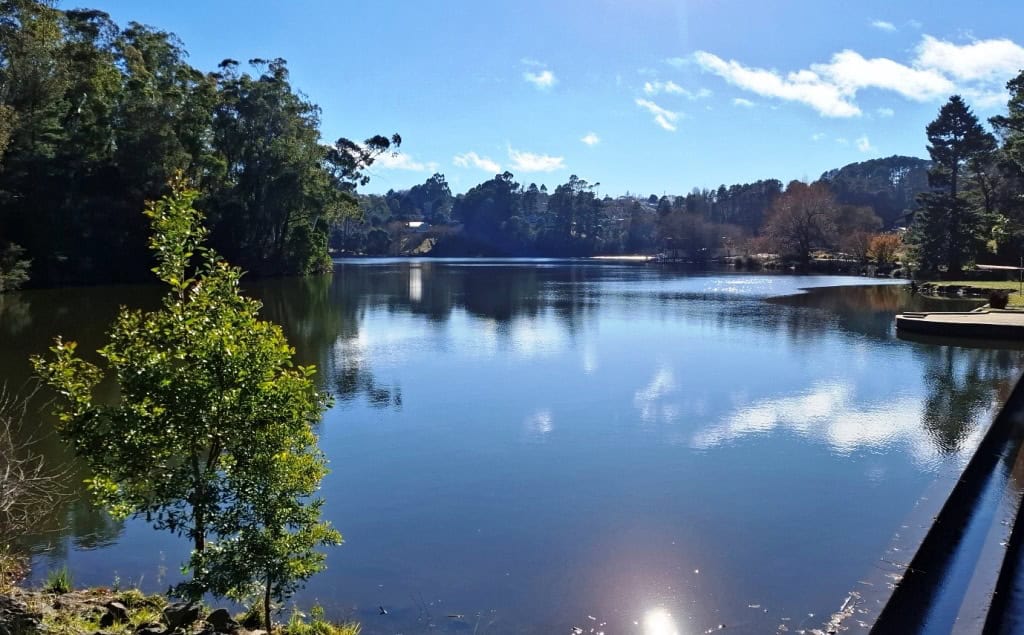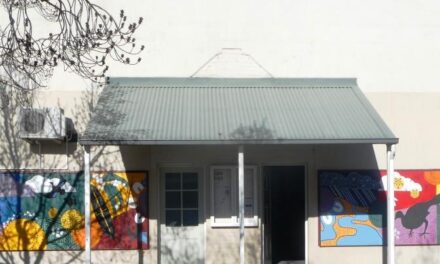Victor Szwed
June rainfall of 110.8mm was just above the long-term average of 106mm for Daylesford according to the Bureau of Meteorology. For the first six months of the year we have had 253mm, just 64% of the long-term average of 393mm.
Last year we only had 74% of our average rainfall, so despite some nice rain we are a long way behind. Ground moisture continues well below typical winter levels. The Bureau expects July to be drier than average with August to September hopefully closer to normal rainfall.
Central Highlands Water (CHW) have imposed Stage 2 water restrictions for our region as our reservoirs have been down to 31%. The nice June rainfall has mostly soaked straight into the ground because we have had a number of smaller rainfalls rather than one massive fall. Run-off into our reservoirs is still well below normal. Most residents will have received a letter from CHW explaining the water restrictions which came in on the 1st of July. Please check these carefully.
The Bureau also expects that day and night temperatures are likely to be warmer than normal across most of Australia over the next three months. However, in Daylesford, we have had regular frosty mornings and last week we had a couple of freezing days with a little bit of sleet. That is typical for a Daylesford winter.
Earlier this year inland areas of NSW and Queensland had massive rainfall events. A lot of water has been moving slowly down watercourses such as the Diamantina River and Cooper Creek. The catchment covers almost one-sixth of Australia and drains internally with the water heading into the Lake Eyre – Kati Thanda area. For the fourth time in 76 years the Lake is expected to be completely full in August. Thousands of Pelicans and other birds flock there to feed. Have a look on YouTube to see some footage of this rare event.
Victor Szwed is a Daylesford resident who writes a monthly weather update for The Wombat Post.





